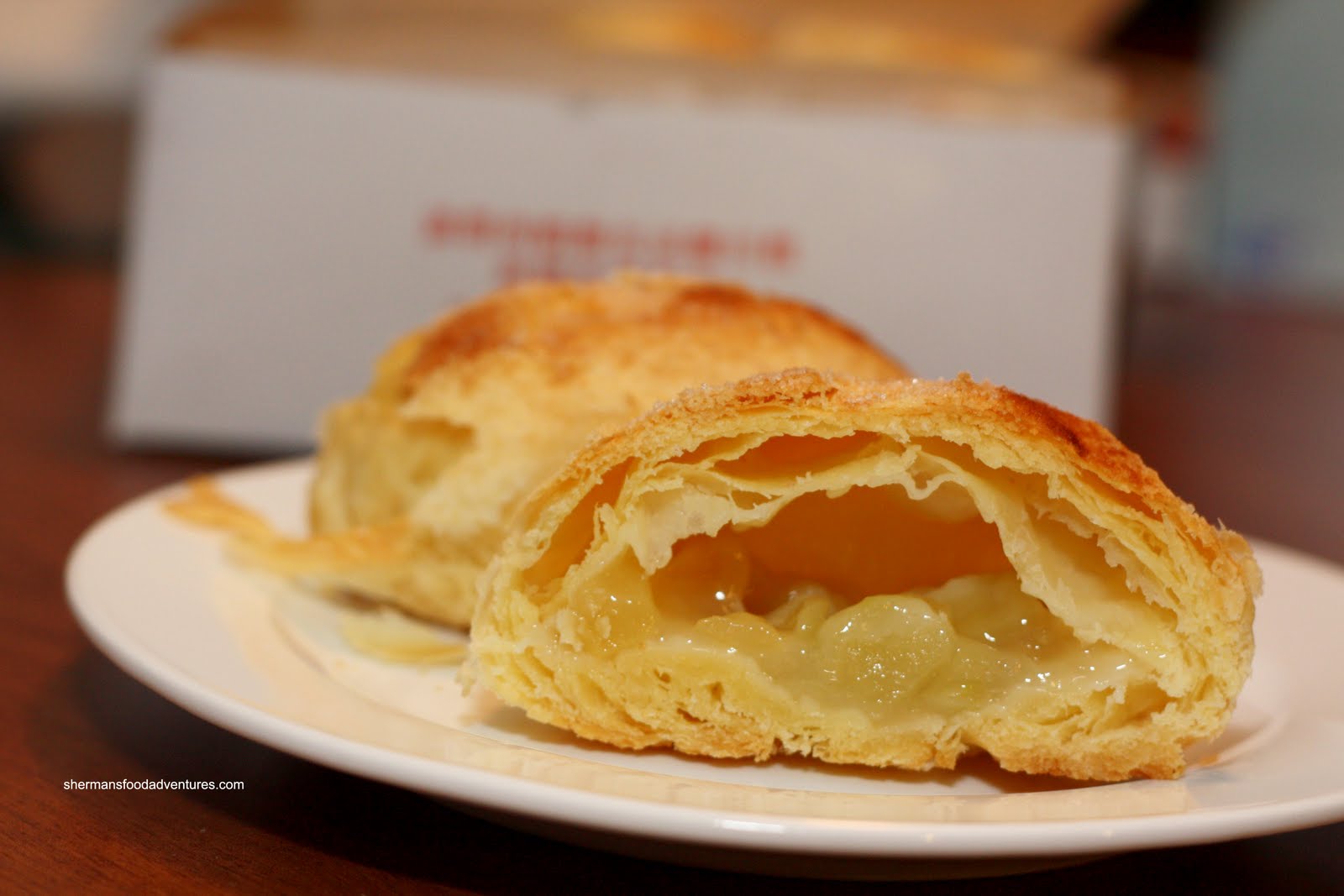
In a November 1945 issue of The Louisville Times, for example, food editor Marguerite T. Davies in a film because, in part, “his manners are as indigenously American as apple pie.” The inclusion of “indigenous” is particularly notable because, of course, it wasn’t remotely true.Īt the same time, apple pie’s association with mothers conjured a wholesome, hearty image for the dessert that hammered home idealistic American purity. Back home, The Victory Binding of the American Woman’s Cook Book: Wartime Edition, published to provide recipes adapted to wartime rations, included a recipe for “Victory Apple Pie.” Meanwhile, journalist Charles Hurd described one World War II veteran as “as American as apple pie,” while The New York Times dubbed an actor the perfect choice to depict American ambassador Joseph E. Most notably, American soldiers began to proclaim they were fighting for “mom and apple pie,” an assertion that firmly established the dessert as a metaphor for the United States. With the outbreak of World War II came another opportunity for apple pie to solidify its status as the definitive national symbol. In 1951, Franklin Roosevelt’s White House head housekeeper Henrietta Nesbitt wrote in her Presidential Cookbook: Feeding the Roosevelt’s and Their Guests that “apple pie was the President’s preference among pies” and added that it was “generally conceded to be the All-American favorite.” Later, the dessert became even more patriotic when the President got involved. Representatives on both sides of the divide sampled slices and offered their take, while the Oregon representative sniffed, “The crust was excellent, but there was not enough filling to really find out what New York apples taste like.” Peeved to be left out of the debate, Connecticut later chimed in to assert that “apple pie made by a Connecticut cook from Connecticut apples cannot be surpassed by New York, Oregon, or any other state!”
#APPLE TART FREE#
After Oregon sent free apples to Congress to prove their superiority, New York retaliated by sending 75 apple pies to the Capitol. In 1935, Congress turned to apple pie to settle a squabble between New York and Oregon, who got into a heated debate over who produced the best apples. government, another powerful force in its myth-making as an American symbol. One early example appeared in 1924, when a Gettysburg Times advertisement promoted “New Lestz Suits that are as American as apple pie.” Meanwhile, a 1928 New York Times article used the phrase to describe the homemaking abilities of First Lady Lou Henry Hoover: “as American as apple pie or corn pone.” The reference to corn pone or any other similarly American dish was quickly dropped, and “as American as apple pie” began to flourish, even being used to describe lynching by author Frank Shay.Įventually apple pie became associated with the U.S. The iconic phrase “as American as apple pie” began to crop up as well, though its exact origin is unclear. How American, really, is the apple pie? Photo by Mark Weinberg As American As Apple Pie “No pie-eating people can be permanently vanquished.” The dish was also positioned as unique to the United States when The New York Times published a 1926 article with the headline “The Tourist Apple Pie Hunt Is Ended: American Army Abroad Has Failed Again to Find in Europe ‘the Kind They Make at Home.’” One of the earliest examples of this shift can be traced back to 1902, when a New York Times editorial argued for the dish’s national importance by asserting that pie had become “the American synonym for prosperity.” “Pie is the food of the heroic,” it declared. However, it didn’t become part of the cultural lexicon until around the 20th century, when such influential factors as advertising, news, and war created a new, misleading narrative that transformed the dish into a nationalist symbol. Edge shares in Apple Pie: An American Story that even in wartime “both Union and Confederate troops scavenged for apples and commandeered the hearths-and flour bins-of white farmers and black tenants to bake pies.”Īn easy, affordable, and adaptable dish, apple pie went on to become a staple in American cuisine throughout the 18th and 19th centuries.

From the colonial period, the dish endured during the 19th century and through the Civil War. Not one but two recipes for apple pie appeared in America’s first cookbook, American Cookery by Amelia Simmons, published in 1796. So how did apple pie, a dish eaten centuries before America’s first president was even born, become an enduring patriotic symbol? The First Apple Pie RecipesĮventually, European settlers brought the dish to the colonies, where they used the domesticated apples they had introduced to the continent to make pies.


 0 kommentar(er)
0 kommentar(er)
